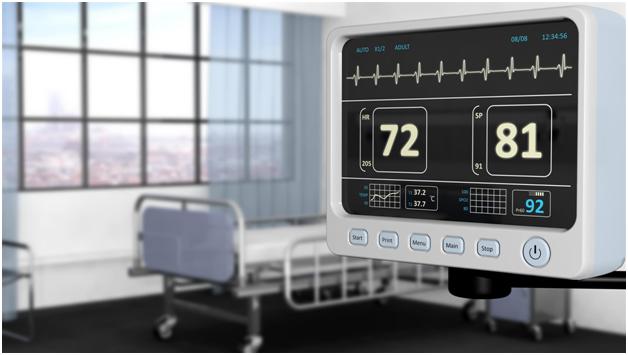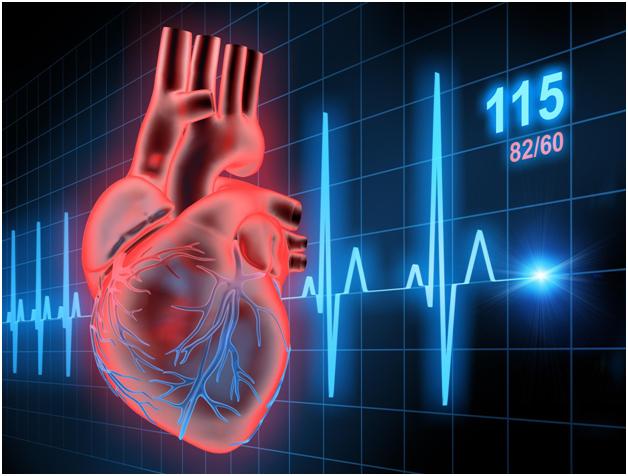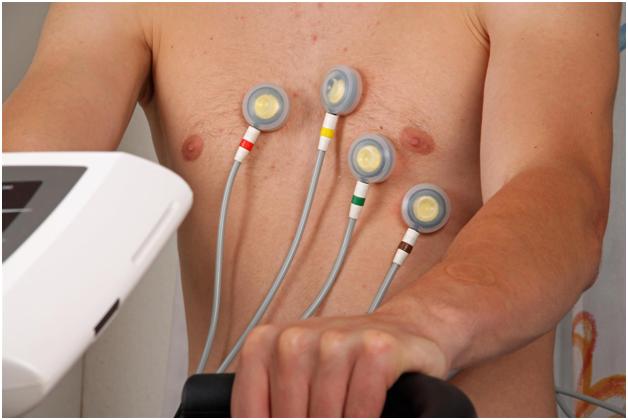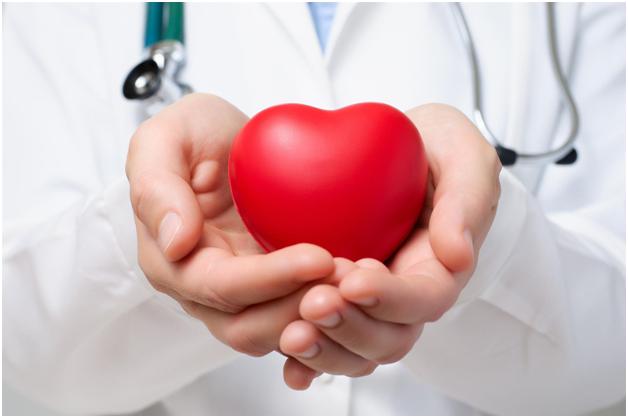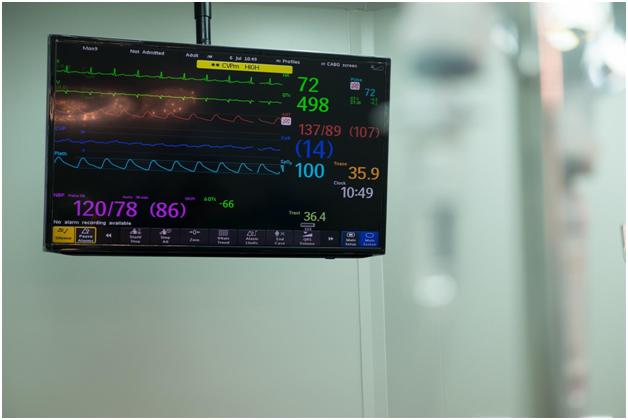Everything You Ever Needed to Know About EKG Machines A middle-aged man shows up at a hospital complaining of severe chest pains. Within a few minutes, a nurse hooks him up to a nurse hooks him up to an EKG machine and begins to track his heartbeat on the monitor. He calls a cardiologist to the bedside, and she notices a number of alarming irregularities. Within an hour, the patient is on the operating table, undergoing a triple bypass surgery to clear his blood vessels of deadly obstructions.
This scenario plays itself out again and again in hospitals and urgent care centers all over the country. The man in the story could be one of many who owes his life to the diagnostic potentials of the EKG. Every day, this critical medical device helps countless patients in less dramatic, but no less important ways. What are EKG's? How do they work? Why do physicians use them? What do they reveal and what dont they reveal? Whether youre a healthcare professional, a hospital administrator, or a patient, heres everything you need to know to understand the EKG.
What is an EKG Machine? An electrocardiogram, also known as an EKG machine, is a medical device that measures the electrical signals of the heart. Electrodes attached to the skin capture the hearts activity over a period of time, sending it back to a machine that records and interprets the information. Doctors use the device to monitor the hearts activity and to uncover the causes of chest pain or other worrying symptoms of heart disease. Although an EKG cures nothing, it can alert physicians to a life-threatening condition. That can speed up the delivery of treatment and improve the overall quality of care How Do EKG's Work? In order to understand how an EKG works, its first necessary to understand how the heart works. The heart is composed of four chamberstwo upper chambers called the atria, and two lower chambers called the ventricles. When the body sends electrical signals to the heart, it contracts, pumping blood through its chambers and out through the blood vessels of the body.
An EKG measures the electrical signals that cause the heart to contract.Electrodes attached to the skin of the torso near the heart pick up the signals and then transmit them through wires to a box. The screen then displays the information as a series of line tracings, or spikes and dips called waves.
Since the human hearts electrical activity is relatively weak, compared to modern electrical devices, the electrodes have to be extremely sensitive in order to record the minute changes that occur between heartbeats. The placement of the electrodes is also critical, as theyre designed to pick up specific cardiac signals emanating from specific parts of the heart. EKG Equipment EKG equipment typically consists of a set of electrodes, which come with adhesive so they can stick to a patients skin, and a small box, which contains the recording machine. The machine displays the information in real-time, either on a screen or on a paper print-out, so doctors can immediately determine if theres a problem. A medical assistant can also print or email the line tracings in order to share the results with the patient or with other medical professionals. Technicians can also connect modern-day EKG's directly to a laptop or desktop computer, as well as to a tablet or smartphone. That allows for more control, larger display options, and greater mobility.The increasing portability and versatility of contemporary EKG machines are critical in a variety of clinical settings, from busy doctors offices to emergency departments. The Evolution of the EKG Electrocardiograms have a long history. For centuries, scientists have known that the heart produces electrical signals. It wasnt until the turn of the last century, however, that they learned how to capture those signals. In 1903, a Dutch scientist named Willem Einthoven figured out how to record the hearts electrical patterns so that medical professionals could monitor its activity and check its health. Einthovens first EKG, weighing a grand total of 600 lbs., provided the first non-invasive method for interpreting and recording the electrical signals of the heart.
As technology progresses, so does medical equipment. The EKG machine is no exception. These days, electrocardiograms are no longer 600 lb. behemoths; instead, theyre small, lightweight machines that can be moved from room to room quickly, as the need arises.
Why Are EKG's So Important? An electrocardiogram remains one of the most useful diagnostic tools in the physicians arsenal. Through a quick, simple, and non-invasive procedure, an EKG machine can:
An EKG can provide a baseline picture of a patients heart health or a snapshot of the heart at any one moment. By comparing the two, medical professionals can track a patients progress over time and determine whether they are progressing, regressing, or staying the same.
These days,
veterinarians also use EKG's to check up on the health of animals. Such a simple diagnostic test is crucial for uncovering hidden problems in patients who cant describe their symptoms.
While additional tests may be needed in order to confirm a diagnosis, an EKG is usually the firstdiagnostic test a doctor will perform. Thats because its the quickest, simplest, least invasive and most effective way to test for a range of heart problems.
What Conditions Can an EKG Diagnose?
When Might a Doctor Order an EKG? A doctor may order an EKG if a patient complains of one or more of the following symptoms, each which could be a sign of heart disease :2
 Healthcare professionals may also order an EKG if a patient displays the symptoms of an acute heart attack, which include:
Where Can MedicalFacilities Get EKG Machines? Healthcare facilities can get the latest EKG machines at Medical Device Depot. Whether they need a portable, stand-alone EKG for an emergency department, a laptop-connected EKG for a cardiologists office, or an EKG specifically designed for veterinary offices, they can find everything they need by browsing through the online catalog.
Sources |

